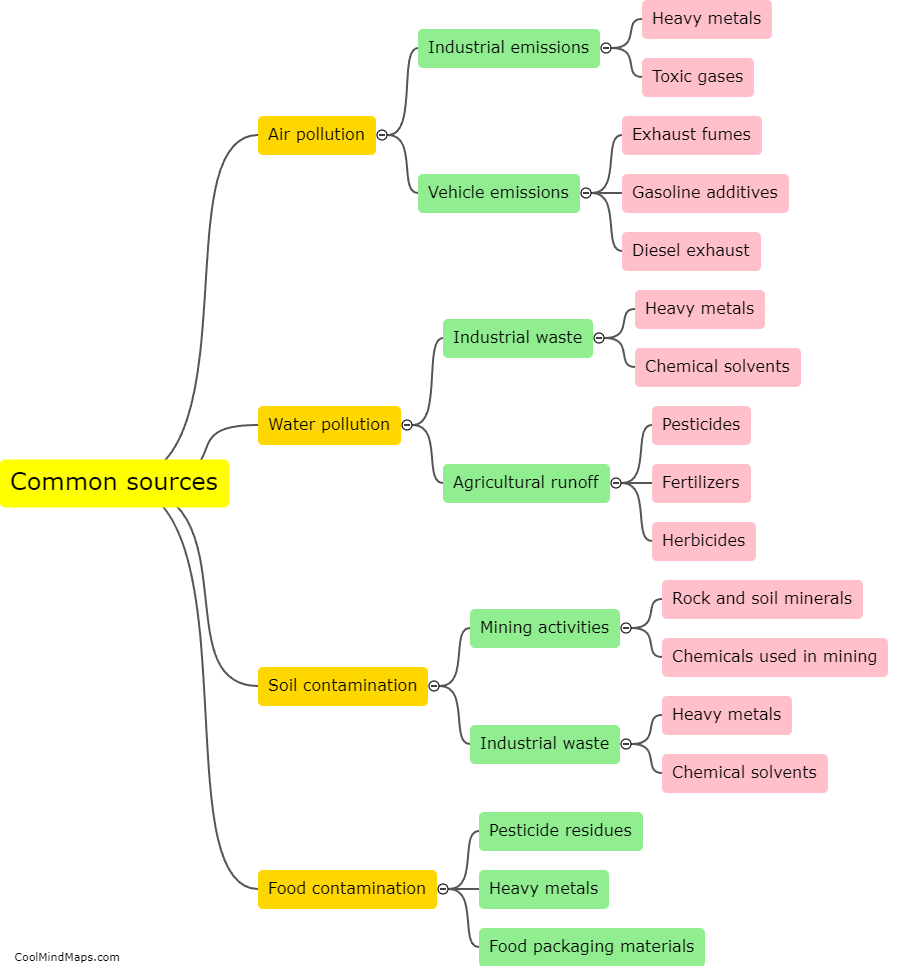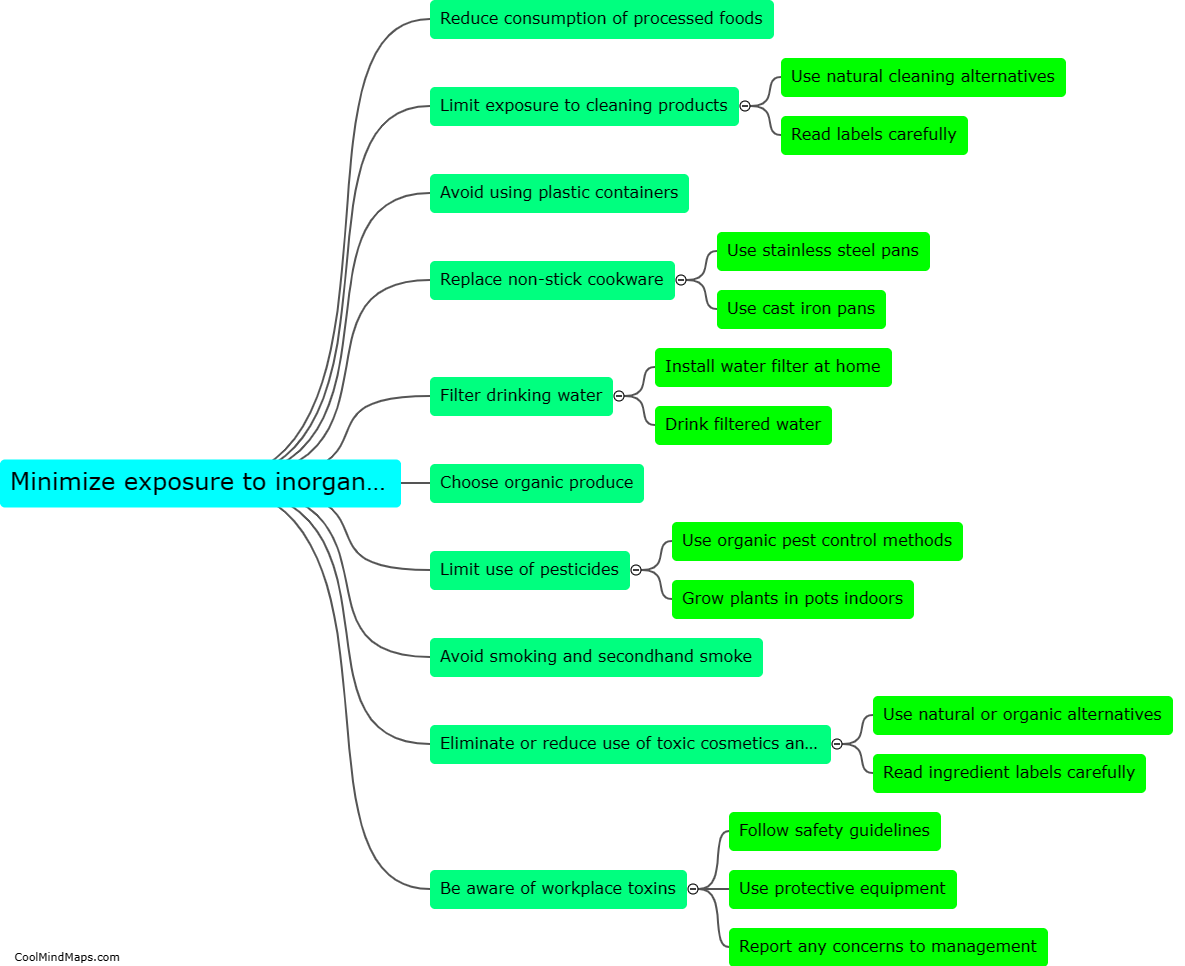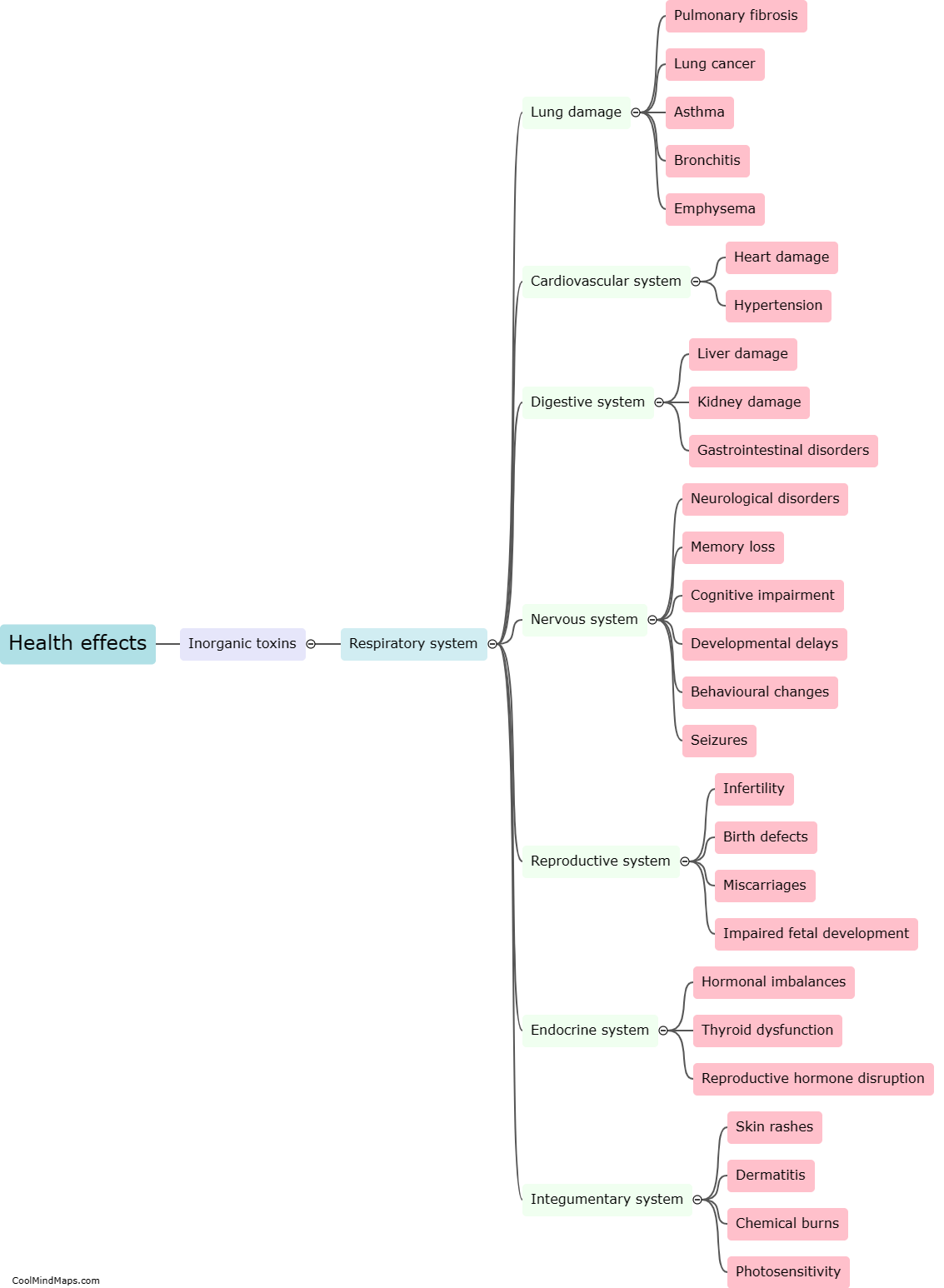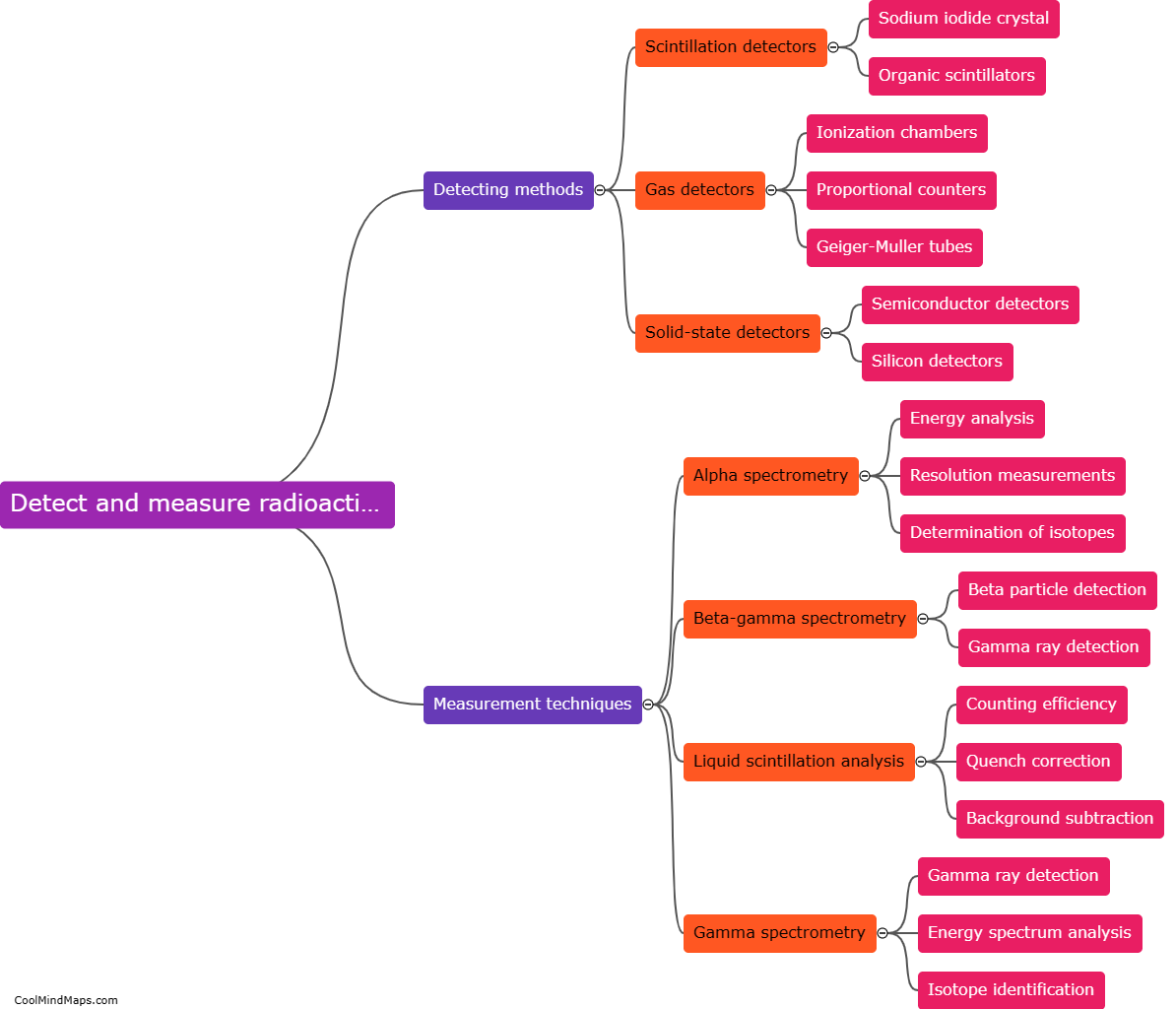What are the common sources of inorganic toxins in the environment?
Inorganic toxins in the environment can originate from various sources, contributing to their widespread presence. Industrial activities are a notable source, as they release harmful substances such as heavy metals (lead, mercury, cadmium) and metalloids (arsenic) into air, water, and soil. Additionally, mining and smelting operations can discharge toxic elements into the environment, contaminating surrounding ecosystems. Agricultural practices involving the use of pesticides, herbicides, and chemical fertilizers also contribute to inorganic toxin accumulation in soil and water. Moreover, improper waste disposal and landfill leakage can contaminate groundwater with substances like solvents, PCBs (polychlorinated biphenyls), and other toxic chemicals. Lastly, atmospheric deposition of pollutants can occur through industrial emissions and vehicle exhaust, leading to the introduction of inorganic toxins into the ecosystem. Considering the diverse origins of inorganic toxins, their effective management and mitigation necessitate comprehensive efforts across various sectors.

This mind map was published on 20 December 2023 and has been viewed 68 times.











